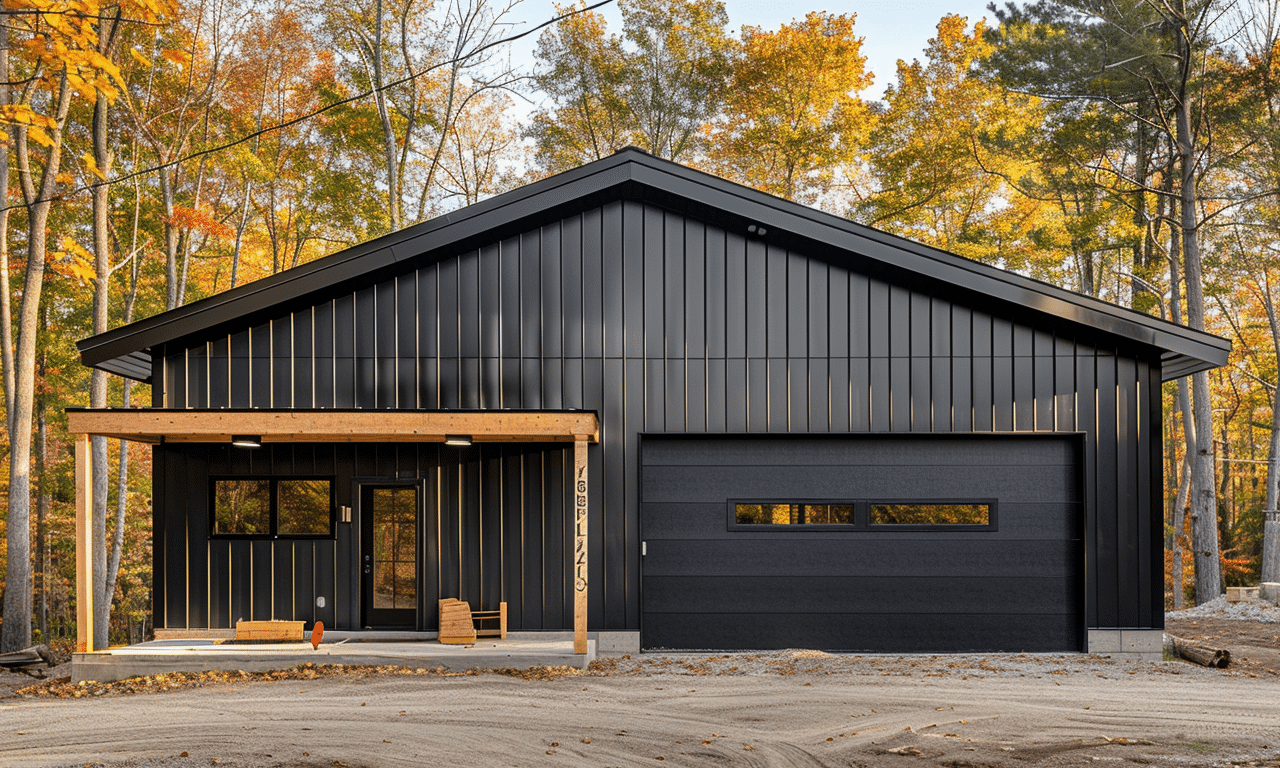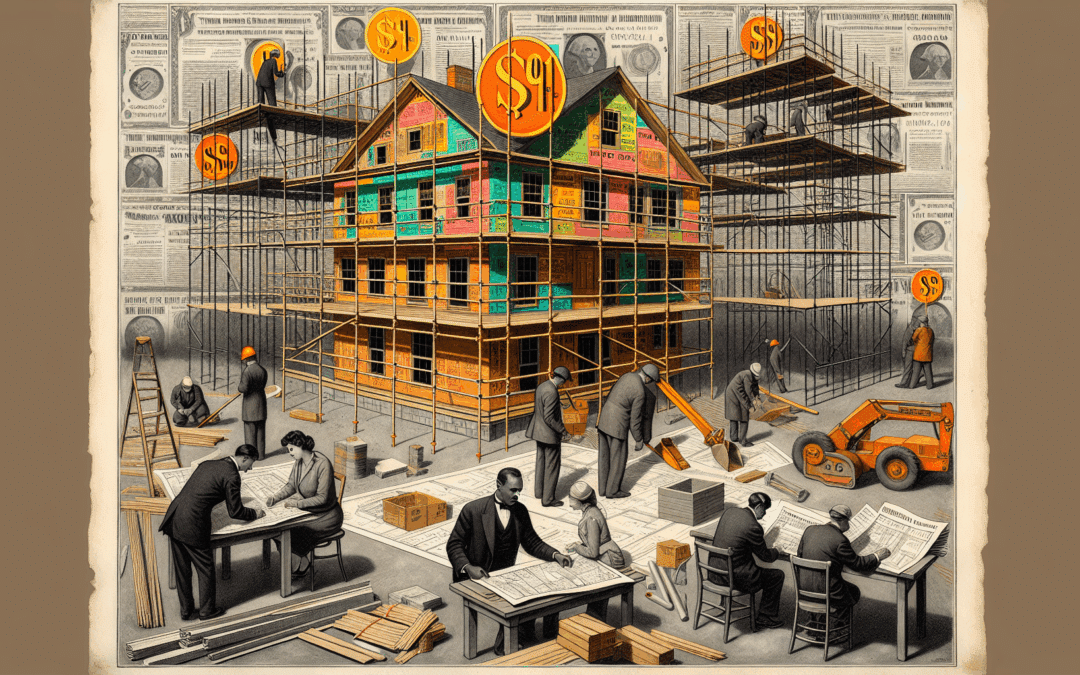[Ste Catherine Street Redesign Transformation: Montreal’s Quest for a Pedestrian Haven]
Montreal, a vibrant city known worldwide for its cuisine, culture, and history, is undertaking a significant pedestrianization project focused on the famous downtown boulevard – Ste-Catherine Street. While the multi-year project promises much, the road to completion still has ample pavement left to cover. As the ongoing construction undertakes a pause this winter, new transformations from phase two will become evident and accessible to the public.
[The Vision for Ste Catherine Street]
Ste Catherine Street, an iconic symbol of Montreal, has for long been a central vein for urban movement. Recognizing the need for evolving urban landscapes, the city embarked on this multi-year redesign project with a straightforward goal – turning this busy road into a pedestrian haven.
A pedestrian-friendly domain is projected to invite local traffic, boost commerce, enhance property values, and create a safe environment for walking without the continuous buzzing of cars. The essence of this project stands as an epitome of the city’s commitment to integrate urban planning, environmental sustainability, and real estate development.
[Impact on Local Businesses and Real Estate]
Considering the duration of the project, it’s no surprise that local businesses and real estate have been mildly disrupted. However, the long-term vision promises increased footfall, contributing to a potential upswing in commerce and an accruement of real estate values. The pause in construction is a welcome relief, providing local businesses a chance to rebound and capitalize on the holiday season.
Innovative construction approaches, like the one undertaken on Ste Catherine Street, are creating new opportunities for businesses and real estate developers. At Your Building Team, we’ve seen an uptick in the interest in building solutions that align with these urban redesign trends. Property development focused on pedestrian areas requires innovative building solutions like our MB212202410W0 model, which integrates perfectly into these new urban environments.
[Construction Progress and Public Accessibility]
The pause in the construction project unveils the progress achieved during the second phase. As the barriers come down temporarily, passersby and intrigued locals will witness the transformation unfolding. Apart from providing a glimpse into the future, this also facilitates public access during the peak of winter, minimizing disruptions and maximizing convenience for locals and visitors alike.

New designs that allow for maximum utilization of space while providing aesthetic appeal has been our focus in recent constructions. We believe they add value to real estate offerings and cater to the changing aspirations of urban dwellers.
[The Road Ahead]
Much work is left to bring this ambitious project to fruition. As we anticipate the journey forward, one reality stands clear – change is the only constant in our urban landscapes. As we build our future cities, it’s vital to make them not just beautiful, but also functional, efficient, and sustainable. As these elements converge, they drive the growth of the construction and real estate sectors.

At Your Building Team, we’re excited to see this evolution and are poised to contribute to this urban renaissance by offering metal building solutions that seamlessly blend with this paradigm shift. Let’s continue to rewrite the norms of urban living, together.
In light of the Ste-Catherine Street redesign and your experiences with urban redevelopment, we invite you to leave comments sharing your experiences, ask questions, or provide feedback. Let’s move towards a more pedestrian-friendly future, together.
For further information on the progress of this project, check out the original news here: CBC News




